until Abu Dhabi Autonomous Racing League

Thanks to both its close ties to the premier series and the determined efforts around scholarships and test opportunities, Indy Lights has a superb record for launching its drivers into IndyCar.
Since the current incarnation of the series was created in 2002 as the Infiniti Pro Series, 52 of its graduates have had IndyCar race chances – exactly the same number as the tally of Formula 3000/GP2/F2 drivers that got onto the F1 grid in the same period.
Lights is pipped by GP2 as the F1 feeder has generated two world champions in Nico Rosberg and Lewis Hamilton, whereas Josef Newgarden is the only graduate from the modern Lights series to take an IndyCar title so far.
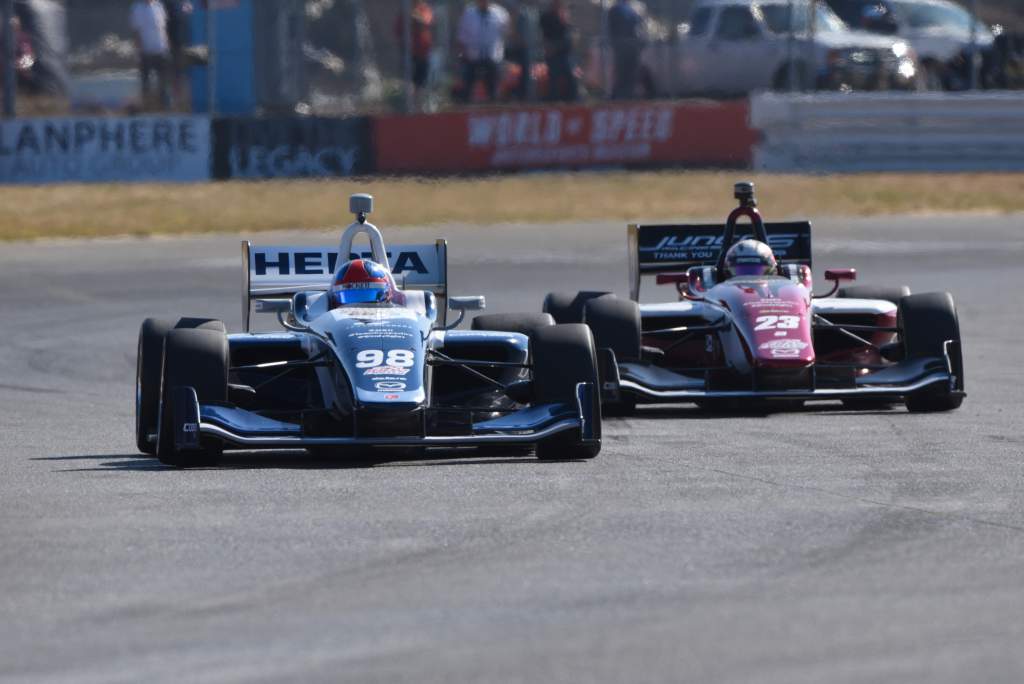
But compared to F3000/GP2/F2’s F1 record in the same era, Lights has produced five more IndyCar race winners, with another nine getting podiums compared to eight from GP2/F2 in F1.
And that’s just counting the 2002-onwards IPS/Lights stats. Add in the original CART-sanctioned version of Indy Lights that began life as the American Racing Series in 1986 and a host of greats including current IndyCar champion Scott Dixon come into play.
We’ve followed IndyCar’s ‘combined stats’ preference for our countdown of the top 10 graduates from both Lights eras to make it to the big time – judged on their performances when they got there rather than their junior achievements.
The Race will be showing the 2021 Indy Lights season live on its YouTube channel. Tune in for the first race on Saturday.
10. BRYAN HERTA
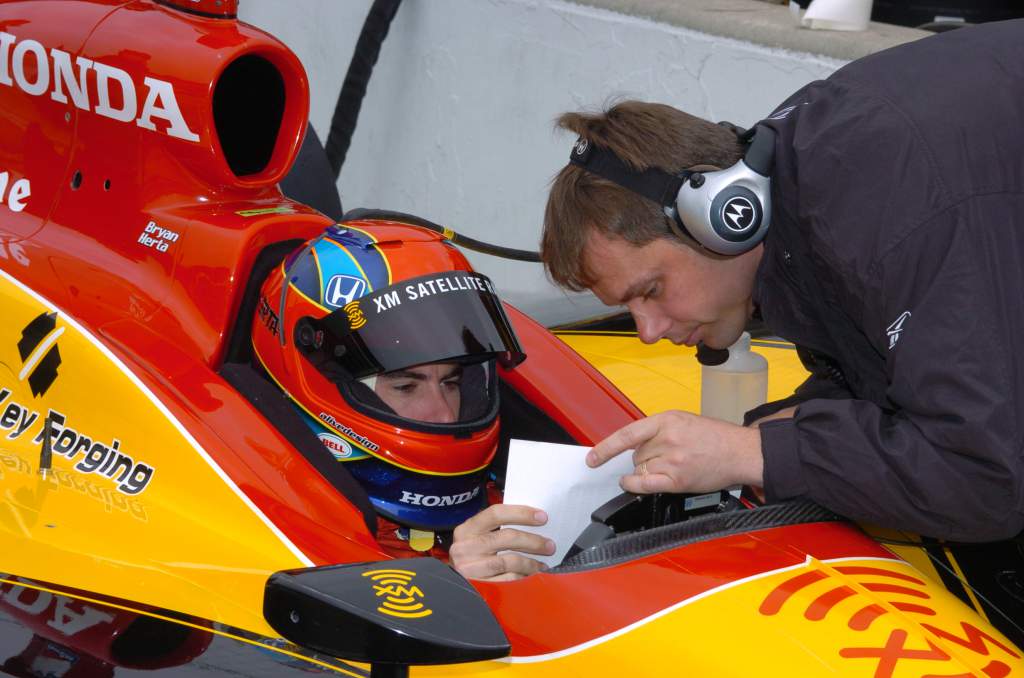
There was a strong case for Bryan’s son Colton to push his dad out of this top 10, such is the explosive impact that the 21-year-old Herta has made in his first two IndyCar seasons. He’s already a three-time race-winner.
But on balance the elder Herta’s weight of career achievement puts him ahead.
The dominant 1993 Lights champion, Herta held his own against Alex Zanardi in some epic road course battles (eventually getting revenge for ‘that pass’ at Laguna Seca’s Corkscrew) and kept what was then Team Rahal in the mix in CART’s heyday, before becoming the unsung hero of the Andretti-Green line-up in the early years of its IRL IndyCar switch.
9. PATO O’WARD
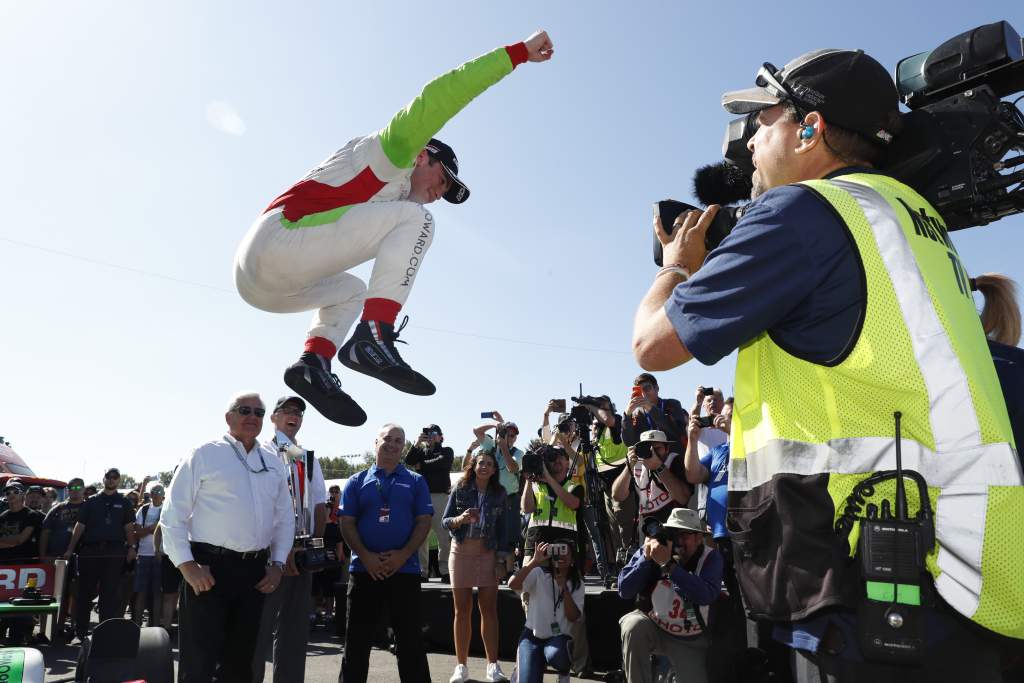
OK, this one’s contentious – especially as Colton Herta didn’t make the cut. Does a driver who hasn’t even won in IndyCar yet really deserve to push so many big names from the last 30 years of American single-seater racing off this list?
If you judge it on potential, yes. O’Ward’s not had the smoothest start to life in IndyCar, with Red Bull’s dalliance with taking him onto the F1 ladder disrupting what should have been his rookie season.
Then at Arrow McLaren SP last year he was part of a very inexperienced two-car line-up against far more established and larger operations.
Yet he still managed fourth in the 2020 championship and came very close to victory. Plus his IndyCar debut in the 2018 finale, where he qualified fifth at the first attempt with the Harding Racing team, was truly remarkable.
8. CRISTIANO DA MATTA
Da Matta’s reputation is slightly compromised by his F1 stint with Toyota proving disappointing, and his subsequent Champ Car return not picking up huge momentum before his freak collision with a deer in Road America testing caused a career-interrupting injury.
But the 1998 Lights champion was absolutely dominant with Newman/Haas in the 2002 CART season, when the opposition was still strong.
It’s his achievements at the Arciero-Wells/PPI team where he started his CART career that perhaps stand out most, though. Winning with that small outfit put him top of the list when Newman/Haas needed a replacement for no lesser driver than its long-time talisman Michael Andretti in 2002.
7. TONY KANAAN
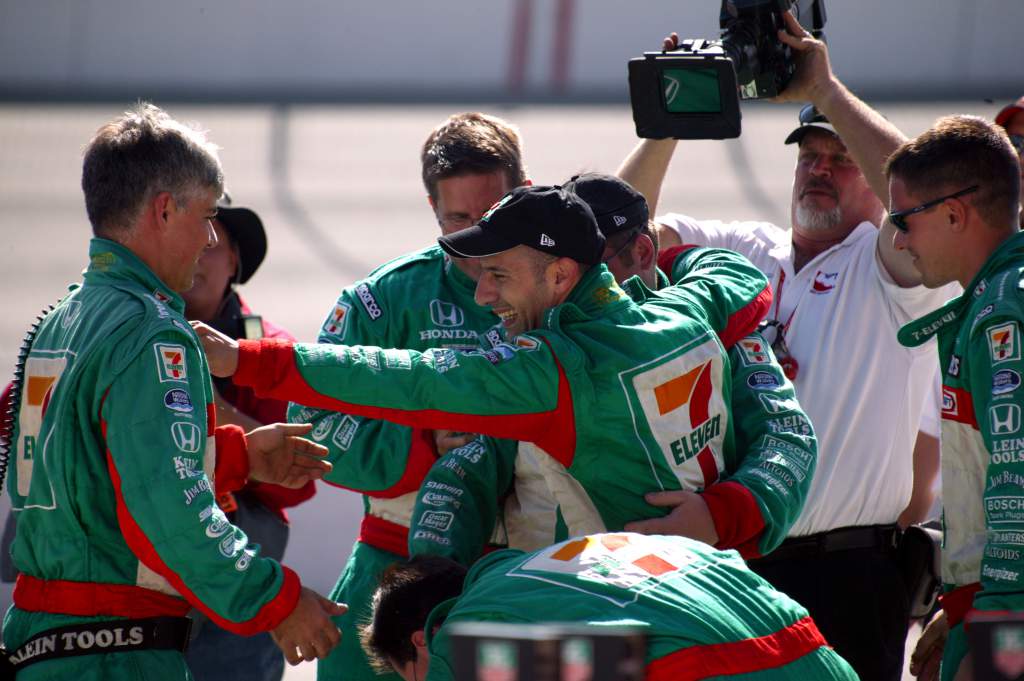
Just one championship and one Indianapolis 500 win does little justice to Kanaan’s IndyCar career.
He overcame Brazilian countrymen Helio Castroneves and da Matta in the 1997 Lights title fight and then showed huge promise from the outset when he moved into CART with the Tasman team.
Famously luckless, but also overshadowed by Scott Dixon when he got a big late-career chance at Ganassi, Kanaan’s part-time return to the team this year as Jimmie Johnson’s oval stand-in means he could still add to his record of success even at the age of 46.
6. DAN WHELDON

Exiting European racing as UK Formula Ford champion at the end of 1999 was a bold move for then 21-year-old Wheldon, but he was convinced his career was better served by an early switch to the American scene than getting bogged down in the expense of the F3/F3000 ladder.
Runner-up finishes in Toyota Atlantic (to Buddy Rice) and then Lights (to Townsend Bell) in consecutive seasons got him on the IndyCar grid part-time with Panther just two year later. By 2003 he was with rising powerhouse Andretti-Green, the following year he was runner-up to team-mate Kanaan in the championship and by 2005 he was an IndyCar champion and Indy 500 winner.
He could’ve added at least one more title in his later Ganassi stint too, and then came the extraordinary last-gasp underdog second Indy victory in 2011.
Wheldon’s underperformance on the road and street courses is an oddity in his record, but doesn’t detract from his oval mastery and overall achievements. And who know what would’ve ensued had his tragic death not occurred just when he was set to reunite with Andretti.
5. GREG MOORE
Yes, we’re scoring this one slightly on potential rather than actual results, but we make no excuse for that.
The runaway 1995 Lights champion (10 wins from 12 races) never had the best equipment when he got to CART but made up for it with remarkable car control, racecraft and bravery – most famously on the ovals, but it was evident everywhere.
Jacques Villeneuve’s successor as the standard-bearer for the Player’s driver programme, Moore’s five CART race wins were all triumphs of sheer willpower to varying degrees.
It’s both heartbreaking and tantalising to think what would’ve resulted from his arrival at Penske in 2000 just as the team returned to its title-winning best. His death in the 1999 CART finale leaves that as one of American motorsport’s most poignant unanswered questions.
4. PAUL TRACY
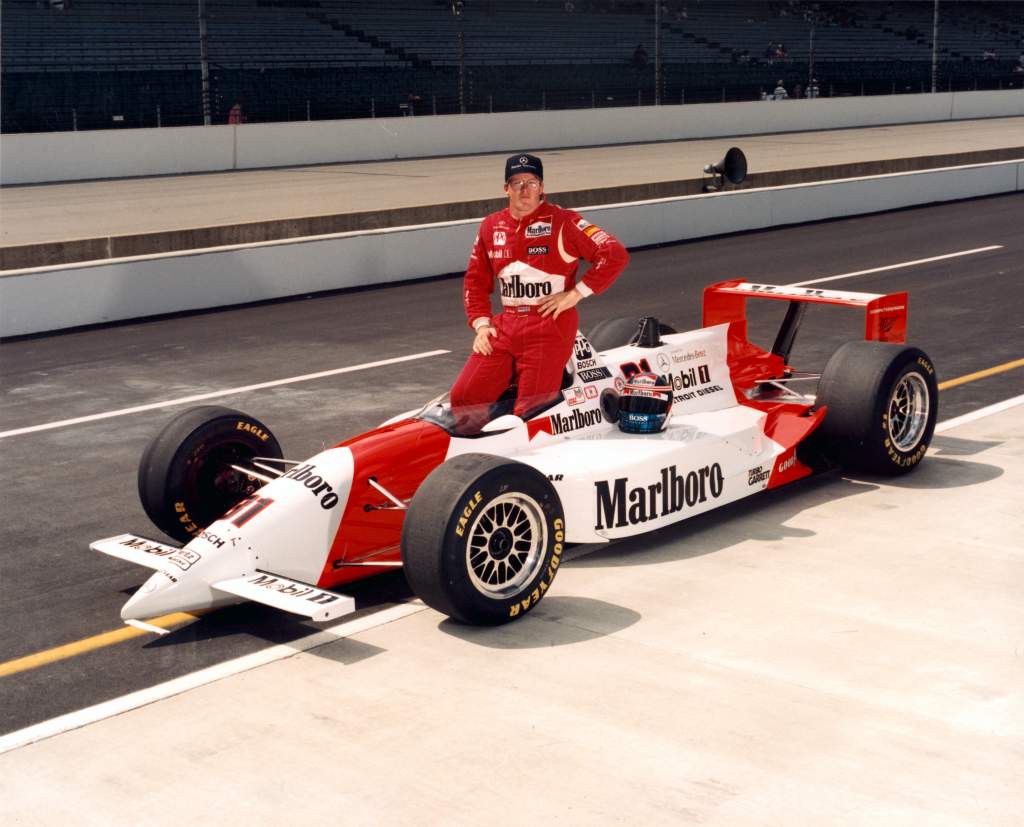
By the time runaway 1991 Lights champion Tracy finally won a top-level title in the 2003 Champ Car season, there weren’t many worthy rivals left for him and his new team Forsythe to beat.
But his loyalty to Champ Car as his old rivals flocked to IRL IndyCar cemented Tracy’s cult hero status, as did his dogged battles with nemesis Sebastien Bourdais and some ludicrously bold race performances.
For a true measure of how good Tracy was and could’ve been, though, think back to the first half of the 1990s and his spectacular pace for Penske just as CART became ultra-competitive – pace that even put him on the F1 radar for a while.
Not always the best at making the most of his ability, Tracy was still one of the finest racers of a brilliant era.
3. HELIO CASTRONEVES
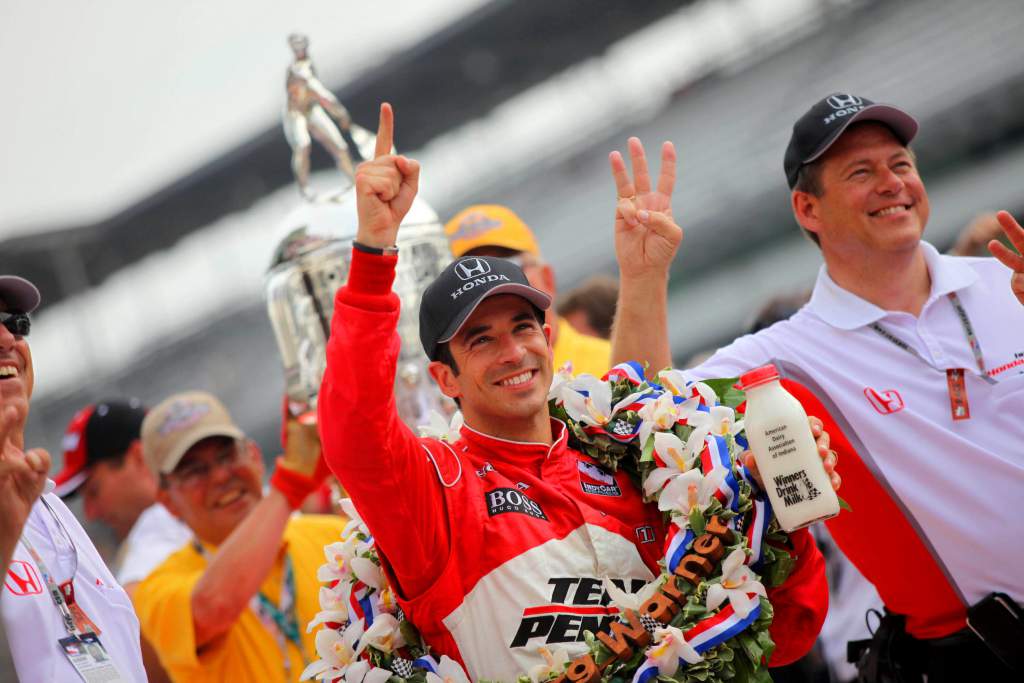
When Castroneves was pipped to the 1997 Lights title by Kanaan and then outscored by his friend in their early CART years as Tasman proved a better bet than the Bettenhausen and Hogan teams where Castroneves pitched up, it looked like Kanaan was destined to be Brazil’s next big US star. Castroneves then losing his seat when Hogan closed at the end of 1999 underlined that.
But a tragedy changed Castroneves’ career, as Penske instantly picked him to take the place of its 2000 signing Moore after Moore’s death.
Castroneves was always more about searing pace than consistency in his heyday (few took the fight to Juan Pablo Montoya in CART more effectively), so it’s not a huge surprise that he still never quite managed to win an IndyCar title.
His tally of three Indy 500 wins is a remarkable feat, though, and it makes perfect sense that new employer Meyer Shank Racing wanted to take advantage of his experience when his two decades at Penske finally ended.
2. JOSEF NEWGARDEN
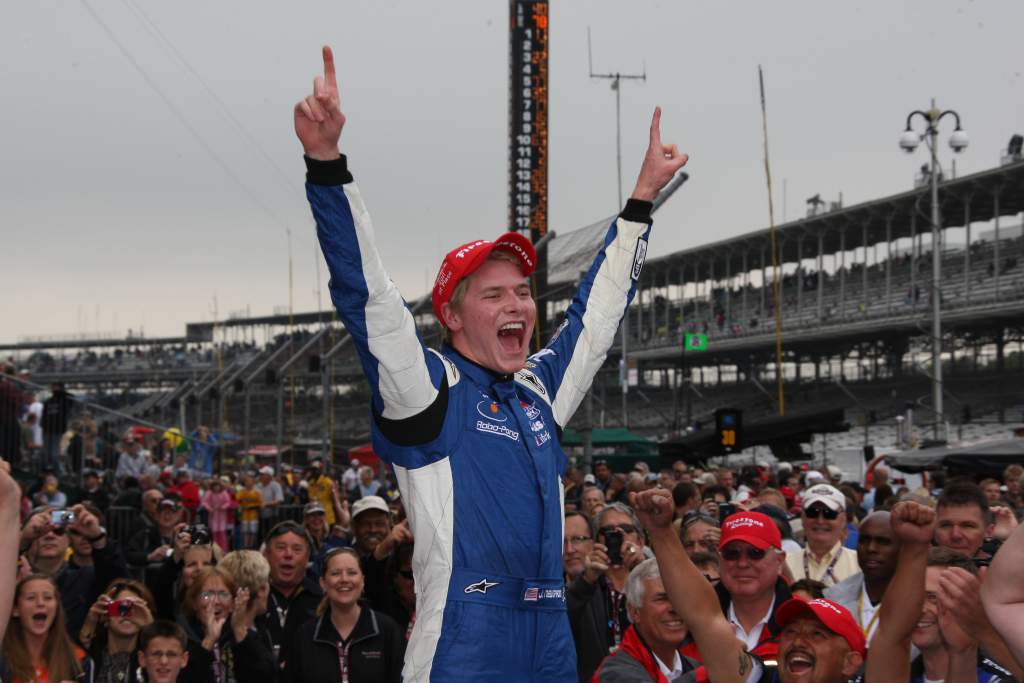
He’s not yet a decade into his IndyCar career, yet Newgarden’s achievements already put him ahead of drivers with many, many more years of experience.
From the moment he stepped onto the IndyCar grid with the small Sarah Fisher Hartman team as reigning Lights champion in 2012, Newgarden has looked like he belonged. And that’s particularly impressive given he only returned to his native USA for that 2011 Lights season, having spent the first two years of his car racing career on the European ladder.
The early giantkilling performances with Fisher were followed by wins when her team merged into Ed Carpenter Racing, and then the Penske call-up for 2017 that really showed Newgarden’s class.
He won the title in his first year with Roger Penske’s squad, outperforming proven champion team-mates Will Power and Simon Pagenaud and team legend Castroneves, then followed it up with a second crown in 2019.
Still only 30, Newgarden could have at least another decade at the top level in him. Expect more titles and the still-elusive Indy 500 win.
1. SCOTT DIXON
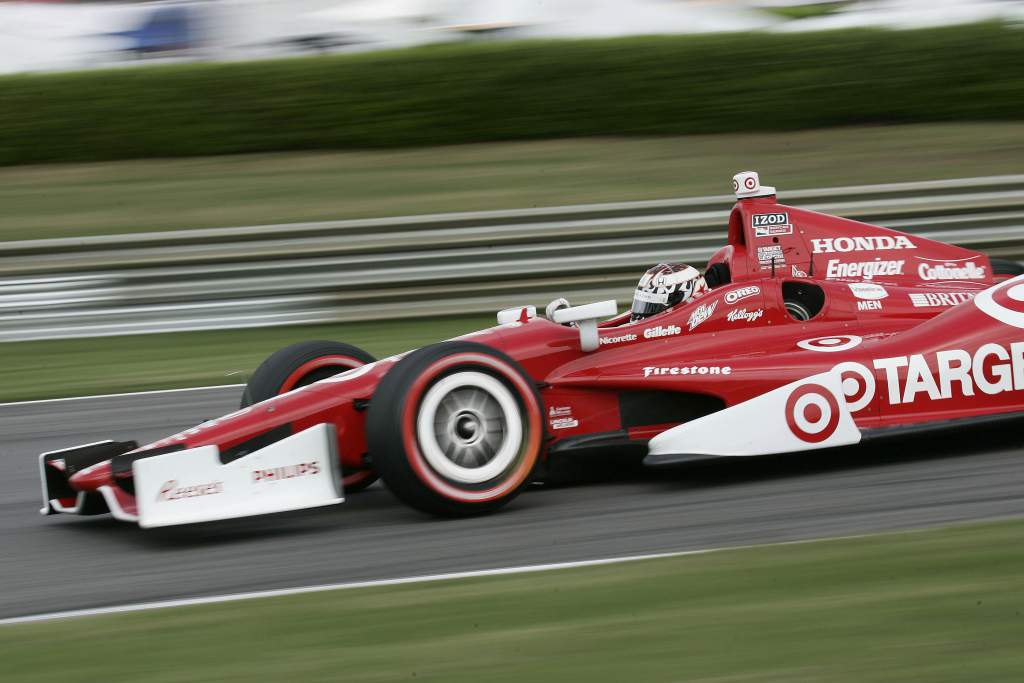
Who else could it be? Six championship wins is a supreme achievement for any driver in any series. To win those crowns in such a ferocious competitive and wide open era is almost unbelievable. Especially as Dixon so often makes it look easy.
Only a teenager when he arrived in America as a multiple single-seater champion from the Antipodean scene, he was a winner in his Lights rookie year in 1999 and champion at the second attempt.
From there it was into CART with PacWest, and he was a shock winner at Nazareth in only his third race.
When PWR – as the team became – folded mid-season in 2002, Ganassi stepped in and created a partnership that has basically been the one to beat ever since.

